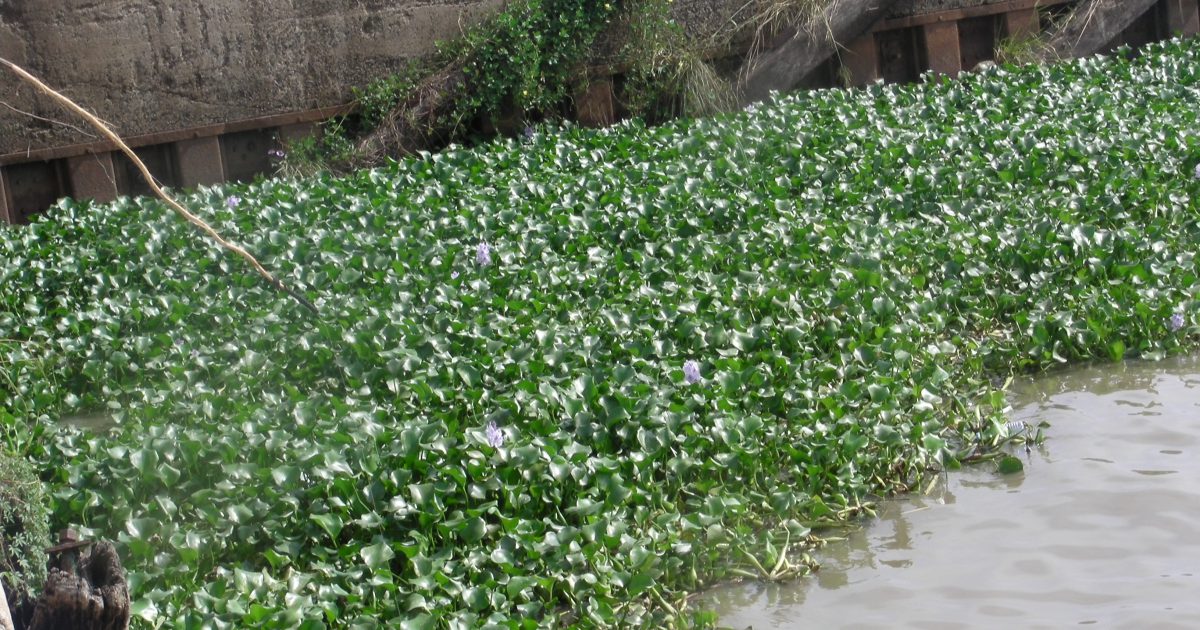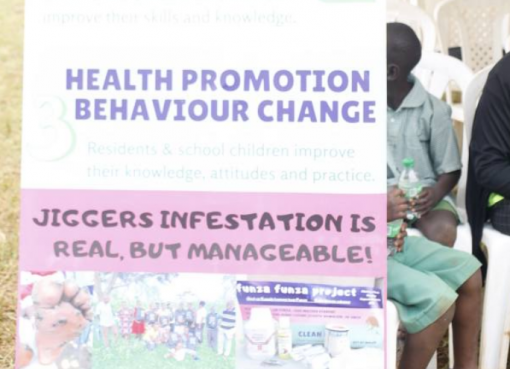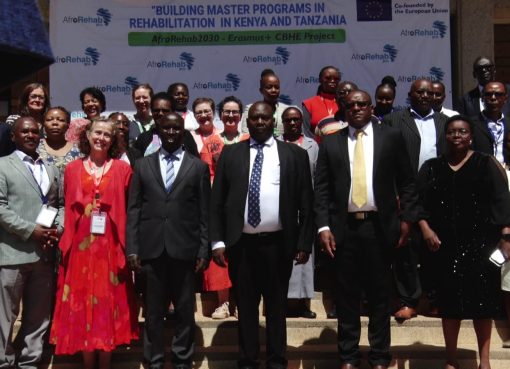Kisumu Friday,December 8, 2017 KNA.
Researchers and scientists from local and international universities have decried increased pollution of Lake Victoria waters.
Speaking during the Alexander Von Humbot (AVN) Foundation of Germany and Technical University of Kenya (TUK) workshop in Kisumu to share their findings on how to mitigate on the menace, Prof. Sila Lagat of Jaramogi Oginga Odinga University cautioned that unless human population discontinued practicing environment unfriendly activities, the lake faces a bleak future.
Lake Victoria, which is shared between Kenya, Uganda and Tanzania has undergone dramatic changes due to deposition of high level of nutrients including heavy metals.

The researchers identified causes of pollution as industrial effluents, inefficient sewage treatment, atmospheric deposition and car washing.
Others, they revealed are boating activities, motor traffic, use of synthetic fertilizers in farming, painting, mining and landfill with garbage.
The Lake, reputed to be Africa’s fresh water mass, faces many challenges from anthropogenic activities ranging from agriculture, agricultural processing, urbanization, mining, and aqua-culture to unsustainable extraction activities on its biodiversity.
“Agricultural practices transitioning from subsistence to commercial are being accompanied by increased use of pesticides, inorganic nutrients and soil erosion, especially in the Rift Valley region which is one the main rain/water catchment areas for the lake,” said Prof. Lagat.
Paper mill industry has also emitted various contaminants including the recalcitrant dioxins whereas urbanization and industrial growth along the Lake has resulted into new types of pollutants.
“Improperly treated sewage, toxic metals, poly aromatic hydrocarbons have added to the pre-existing problem,” lamented Dr.Odipo Osano from University of Eldoret.
He added that the introduction of the notorious cage in aquaculture would intensify eutrophication in the lake and he cautioned on the rise of antimicrobial resistance as a result of continued heavy toxic metal contamination.
In response to Lake Victoria recording decreased water quality, Dr. Stephen Kuppers, Director, Central institute for engineering Germany said this would be achieved with new technologies for monitoring and mechanistic investigations for lake processes.
High levels of these pollutants have led to massive growth of water hyacinth causing fishing problems.
Commercial fish catches have declined from 3300 metric tons 760 metric tons between 1995 and 2009.
This also led to decrease in species diversity and changes in the dominant biota, as a result, three hundred fish species are reported to be facing depletion and the lake is losing its dynamism in specie richness.
However, Chris Aura, Director Kenya Marine and Fisheries Research Institute (KEMFRI) advised it was high time residents stopped viewing water hyacinth as a menace but rather as a resource.
“The plant reproduces in a massive manner. Water hyacinth buds contains two hundred seeds and we have millions of in the water and thus we have to embrace it, water hyacinth is here to stay for the long term,” he added.
The plant is composed of fibrous tissue, high energy and protein content and thus it could be used for constructive purposes termed as the blue growth economy, giving value to an aquatic resource.
Aura added that water hyacinth can be used in the production of paper, making of bio-degradable decomposing plastics, fertilizer, rope, mats as well as baskets works.
Prof Joseph Lallah of Technical University of Kenya,(TUK) explained that human population were exposing themselves to elevated levels of persistent organic pollutants contaminants (POPs)and heavy metals through food, industrial and environmental emissions and blamed this was the reason for increased cancer prevalence in Kenya.
He lamented the risk of human exposure to carcinogens estimated at 0.67 kilograms through consumption of tilapia the due to high prevalence of nutrients in the of Lake.
Speaking on regulations and enforcement of environmental laws for protection of Lake Victoria, Dr John Mumbo, Director National Environment Management Authority (NEMA), said the major challenge of implementing environmental laws was poverty and unemployment which increased reliance on natural resources.
“Unpredictable weather conditions enhance over reliance on natural resources resulting in encroachment and invasion of fragile areas in the ecosystem” he said
Mumbo added that enforcement of environmental laws is viewed negatively and met with resistance frustrating efforts meant to protect Lake Victoria, and the life and resources it sustains.
He further said that education and awareness on sustainable development was therefore parallel to the enforcement of environmental laws in order to achieve measurable and predictable outcomes in the protection of Lake Victoria.
However, Prof Lagat expressed concern that environmental laws were weak as they were not limited to the management of water quality, aquatic life, wetlands, rivers, lakes shores, agriculture, non-point and point sources of pollution, wildlife and related conflicts, resources utilization, waste management and the development around Lake Victoria.
Amongst the mitigation strategies to reduce and control these pollutants levels in the lake is water hyacinth removal, use of animal manure in farming, efficient absorption materials to be used in industrial waste treatment and most important is the implementation of positive mitigation.




